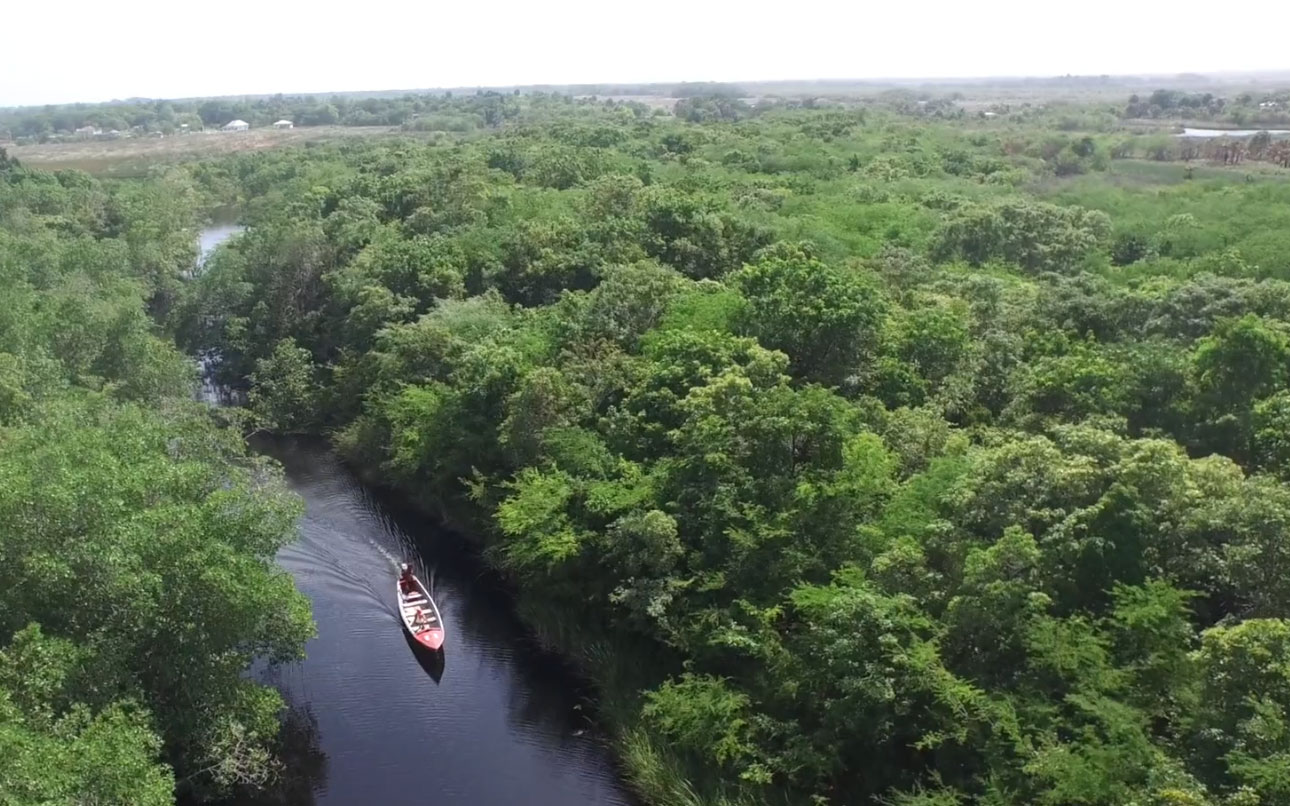Jamaica, the land of wood and water, is renowned for its lush landscapes and breathtaking rivers that flow from its mountainous interior to the Caribbean Sea. These rivers are not only essential to the island’s ecosystem but also hold deep historical, cultural, and economic significance. From serving as lifelines for indigenous peoples and colonial settlers to providing recreational and economic benefits today, Jamaica’s rivers are a vital part of the nation’s identity.
The Mighty Black River
Located in the parish of St. Elizabeth, the Black River is Jamaica’s longest river, stretching approximately 53.4 kilometers (33.2 miles). The river derives its name from the dark-colored water caused by decomposing vegetation along its banks. Historically, the Black River played a significant role in Jamaica’s logging and transportation industries. In the 18th and 19th centuries, it was used to transport logwood and sugarcane, vital exports at the time. Today, the Black River is a major ecotourism destination, offering boat tours where visitors can witness the island’s rich biodiversity, including the endangered Jamaican crocodile.
The Rio Cobre: A Lifeline for Spanish Town
The Rio Cobre, flowing through the parish of St. Catherine, is another important river in Jamaica. It supplies water to Spanish Town, the island’s former capital, and has historically been used for irrigation and hydroelectric power. The river is home to the historic Flat Bridge, one of Jamaica’s oldest bridges, built in the 18th century. Despite lacking railings, Flat Bridge remains a crucial transportation link, and its history is steeped in local folklore and ghost stories.
Dunn’s River: A Tourist Treasure
Arguably Jamaica’s most famous river, Dunn’s River in Ocho Rios is known for its cascading waterfalls, which attract thousands of visitors annually. The falls, which extend over 180 meters (600 feet), are unique in that they continuously rebuild themselves through the deposition of calcium carbonate. Dunn’s River Falls has significant historical relevance, as it was the site of the 1657 Battle of Las Chorreras, where the British successfully defended Jamaica against Spanish forces. Today, climbing the falls is a must-do activity for tourists.
The Martha Brae: Rafting and Legends
Situated in Trelawny, the Martha Brae River is famous for its bamboo rafting experiences. Visitors can enjoy a leisurely ride guided by local raft captains who share stories about the river and its surroundings. According to legend, the river is named after an Arawak (Taino) woman who, to avoid revealing the location of hidden gold to Spanish colonizers, used her magic to divert the river’s course. Whether or not the legend is true, the Martha Brae remains an iconic attraction, offering serene and picturesque landscapes.
The Rio Grande: A Rafting Pioneer
Another popular rafting river is the Rio Grande in Portland, known for its scenic beauty and deep historical connections. Rafting on the Rio Grande was originally a means of transporting bananas from plantations to the coast for export. Today, it has become a popular recreational activity, allowing visitors to experience the tranquility of Jamaica’s lush interior.
Conclusion
Jamaica’s rivers are more than just bodies of water; they are lifelines that have shaped the island’s history, economy, and tourism. Whether providing irrigation, hydroelectric power, or unforgettable adventures, these rivers remain essential to Jamaica’s natural and cultural heritage. Exploring them offers a deeper appreciation for the island’s diverse landscape and rich history, ensuring that their stories continue to flow through generations.


